Search Results by Category
 AI Navigator
AI NavigatorAll information related to {{ key_word }}.
AI Navigation will guide you. Click here for information about {{ key_word }}.
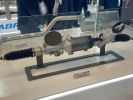 1
1
 1
1
 1
1
 3
3
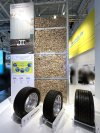 1
1
 3
3
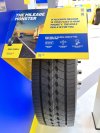 1
1
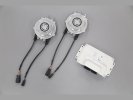 1
1
 2
2
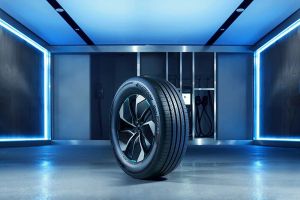 2
2
1 - 8 of 8 results
Fuel Economy/CO2 - EU
rmine for each manufacturer a specific emission target for the preceding reporting period, this will be a function of the following quantities: the CO2 emissions reduction target for the relevant period (as reported above) the manufacturer’s share of vehicles in each vehicle sub-group the annual mileage and payload(or passenger, depending on the vehicle category) weighting factors applied to each vehicle sub-group. CO2 emissions reduction tra...
Regulations Updated at: 2025/05/20
Emission Standards - California State Passenger Cars & Light Duty Trucks
5 2016 2017 2018 2019 2020 2021 2022 2023 2024 2025+ 0.140 0.110 0.103 0.097 0.090 0.083 0.077 0.070 0.063 0.057 0.050 For passenger cars, light duty trucks and medium-duty passenger vehicles, SFTP PM standards are in place as reported in the following table, starting from model year 2017. The mileage for compliance is 150,000 miles. Table 6: SFTP PM standards for PCs, LDTs and MDPVs, from 2017 (CCR Title 13, Section 1961.2 [11] Vehicle Ty...
Regulations Updated at: 2024/12/13
Emission Standards - USA (Federal) Passenger Cars & Light Duty Trucks
comply in 2017 with 20% of their LDV and LDT fleet under 6,000 lbs GVWR, or alternatively with 10% of their total LDV, LDT, and MDPV fleet. 3. Manufacturers must test 25% of each model year’s durability groups, with a minimum of 2. 4. Manufacturers must test 50% of their combined low- and high- mileage in-use vehicles. Table 6: LDV, LDT and MDPV SFTP Particulate Standard Phase-in (mg/mile) [9] Model Year Phase-in (%) Certification (3) In Us...
Regulations Updated at: 2024/12/13
Emission Standards - EU Passenger Cars and Light Duty Trucks
road or on a chassis dynamometer; details of the driving schedule for the Standard Road Cycle (SRC) are reported in Annex 3 to Annex C4 of UN Regulation 154. Type 1 (emissions) testing required as part of the procedure has to be carried out with the WLTP test cycles, at regular intervals during the mileage accumulation. Deterioration factors are calculated from the results of the test [8]. The manufacturer may choose to apply assigned deteriorati...
Regulations Updated at: 2024/12/13
Emission standard - China Heavy Duty Vehicles
G M1(3) 80,000 5 50,000 M2 80,000 5 50,000 M3 (GVW ≤ 7.5t) 100,000 5 60,000 M3 (GVW > 7.5t) 250,000 6 80,000 N2 100,000 5 60,000 N3 (GVW ≤ 16t) 100,000 5 60,000 N3 (GVW > 16t) 250,000 6 80,000 NOTES Durability requirements shall be regarded as satisfied regardless of whether the mileage or actual utilisation time is attained first. The permitted shortest test mileage refers to the shortest allowable durability test when adopti...
Regulations Updated at: 2024/12/13
Emission Standards - China Passenger Cars & Light Duty Trucks
6b (from 1 July 2023) respectively; please see also China 6 Test procedures. In-service compliance Manufacturers must carry out self-inspection of in-service compliance at least once per year and cover the useful life of all vehicles. In particular, self-inspection should be completed for low mileage (10,000 km - 60,000 km), intermediate mileage (60,000 km - 110,000 km) and high mileage (110,000 km - 160,000 km) vehicles in 8 years. The res...
Regulations Updated at: 2024/12/13
Environmental Regulations - Brazil Passenger Cars & Light Duty Trucks
7 and L8 programmes, 20 December 2018 (in Portuguese). 12. IBAMA, Normative Instruction 20, amending Normative Instruction 23/2020, OBD requirements, 15 December 2021 (in Portuguese). 14. Brazilian standard NBR 16897:2021, Light duty vehicles - Determination of the deterioration factor thought mileage accumulation, 9 April 2021 . Available from https://www.abntcatalogo.com.br/norma.aspx?ID=465990 15. US Electronic Code of Federal Regulation...
Regulations Updated at: 2024/12/13
Fuel Economy/CO2 - USA Federal
as originally set to last until model year 2025, but the SAFE rule amended it so that it will conclude with model year 2021 [6]. For CNG powered vehicles and plug-in electric hybrids, the agencies propose to determine CO2 emissions using a "Utility Factor" method based upon values for typical daily mileage and the possible range on the alternative fuels. A proposed rule [21] was published by the EPA in October 2018, this contains minor technical...
Regulations Updated at: 2024/12/13

 AI Navigator
AI Navigator

















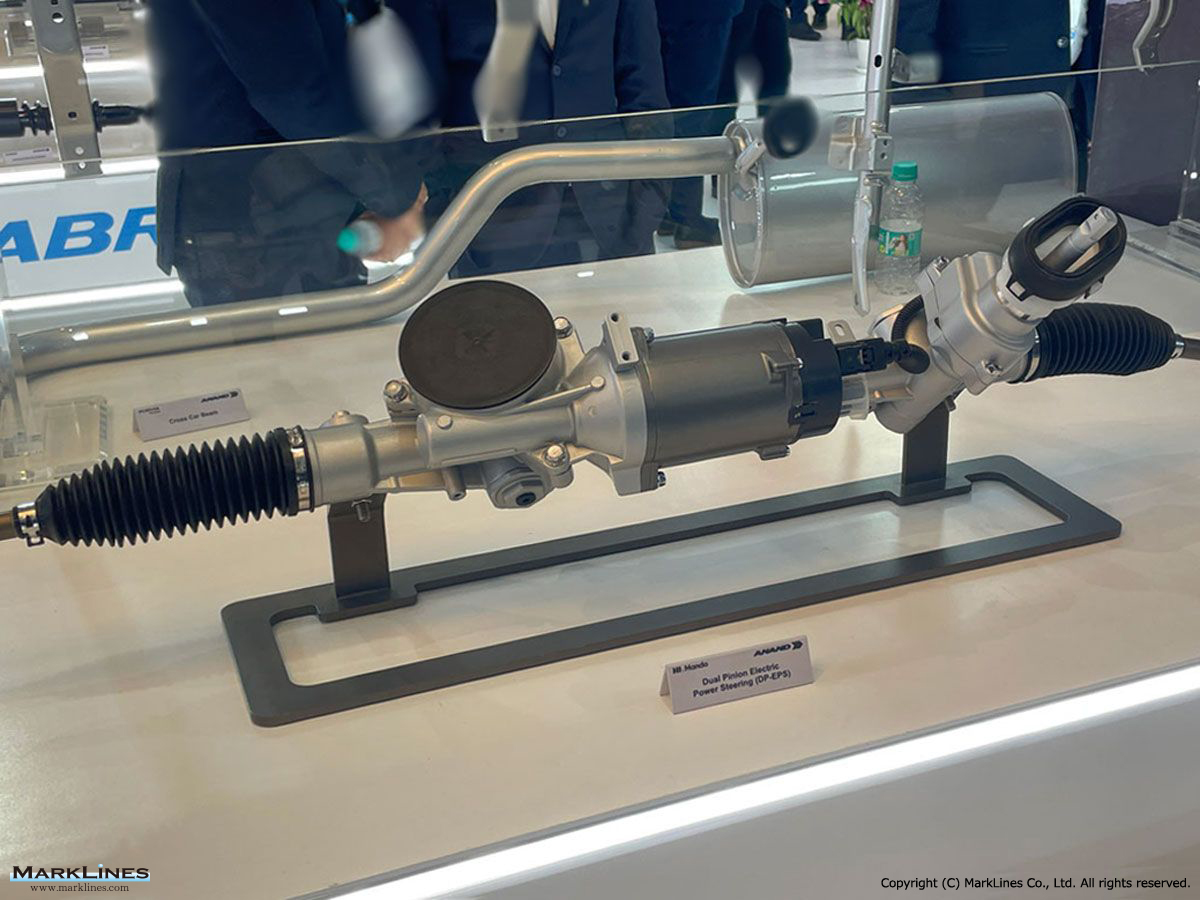
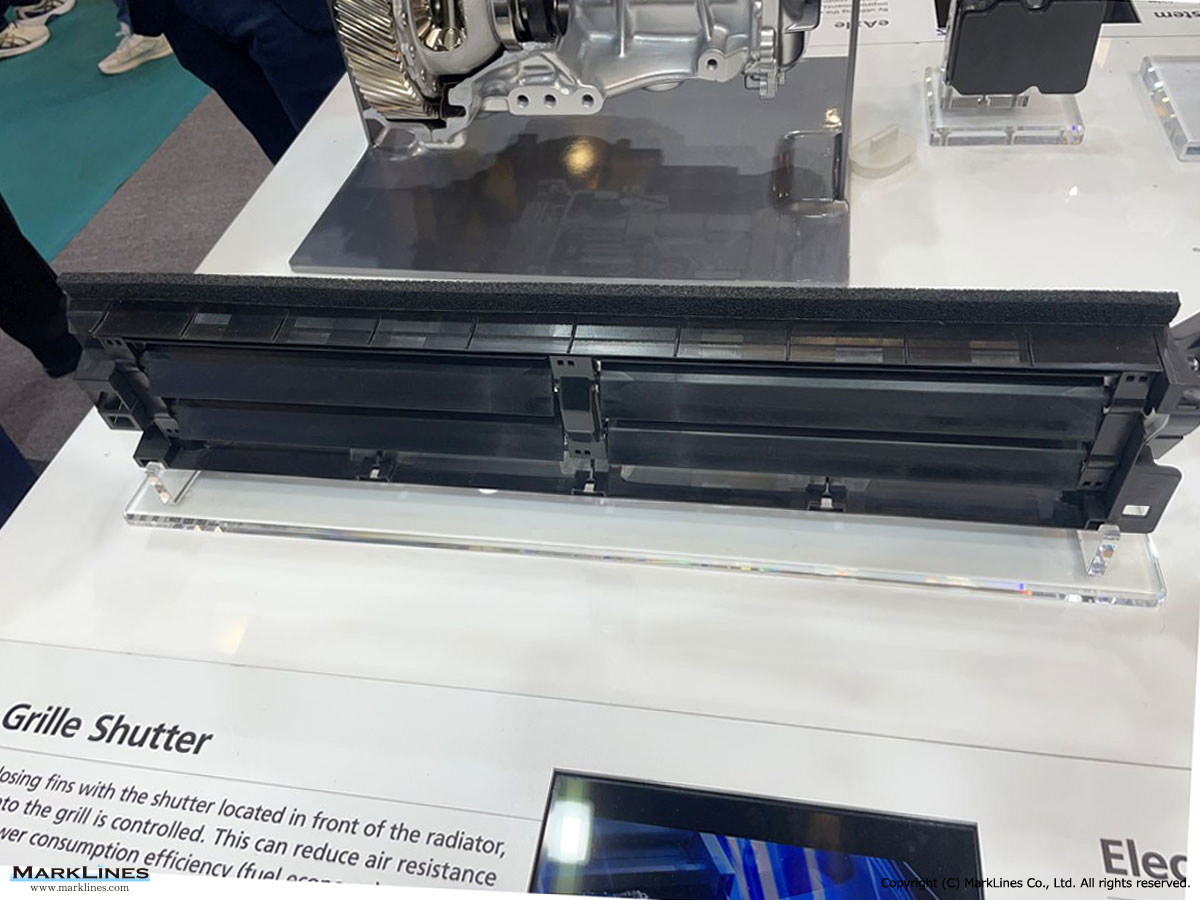
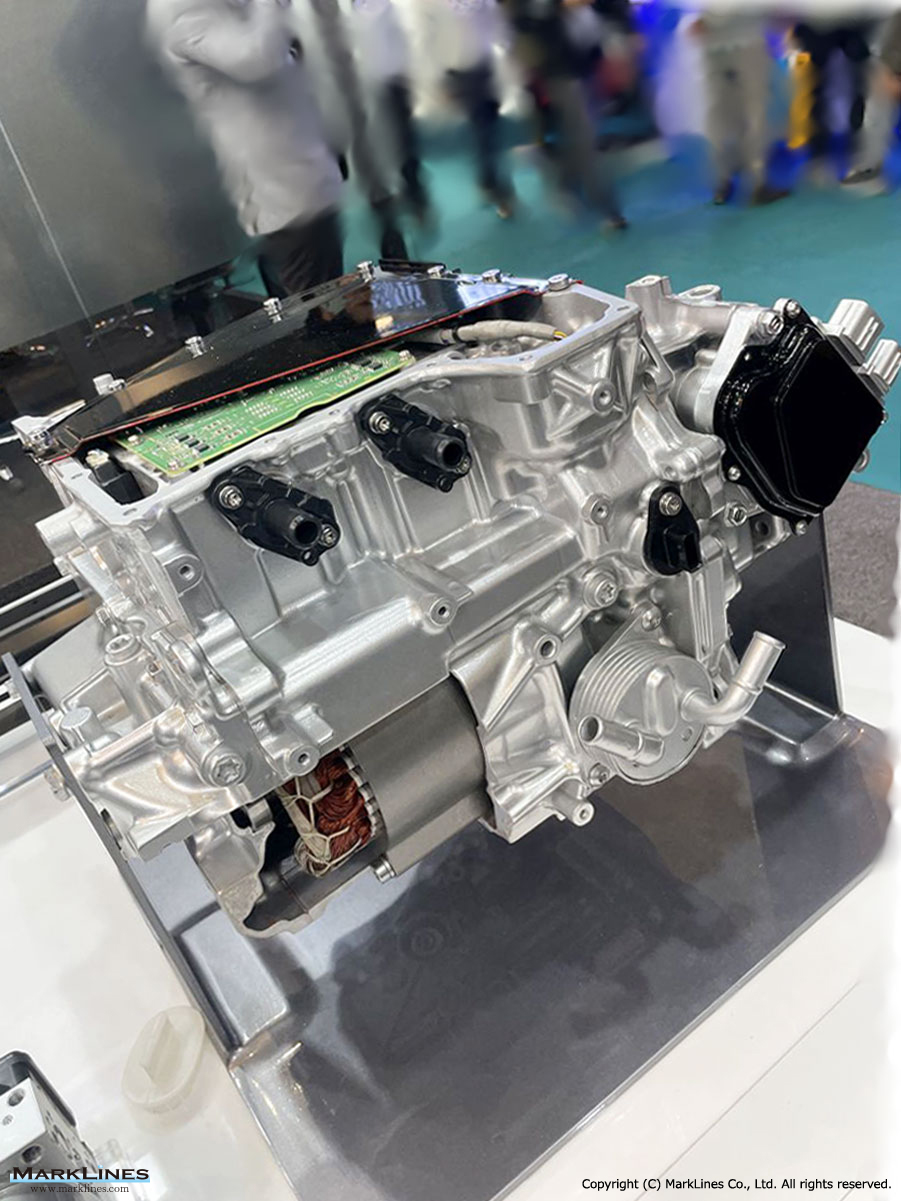

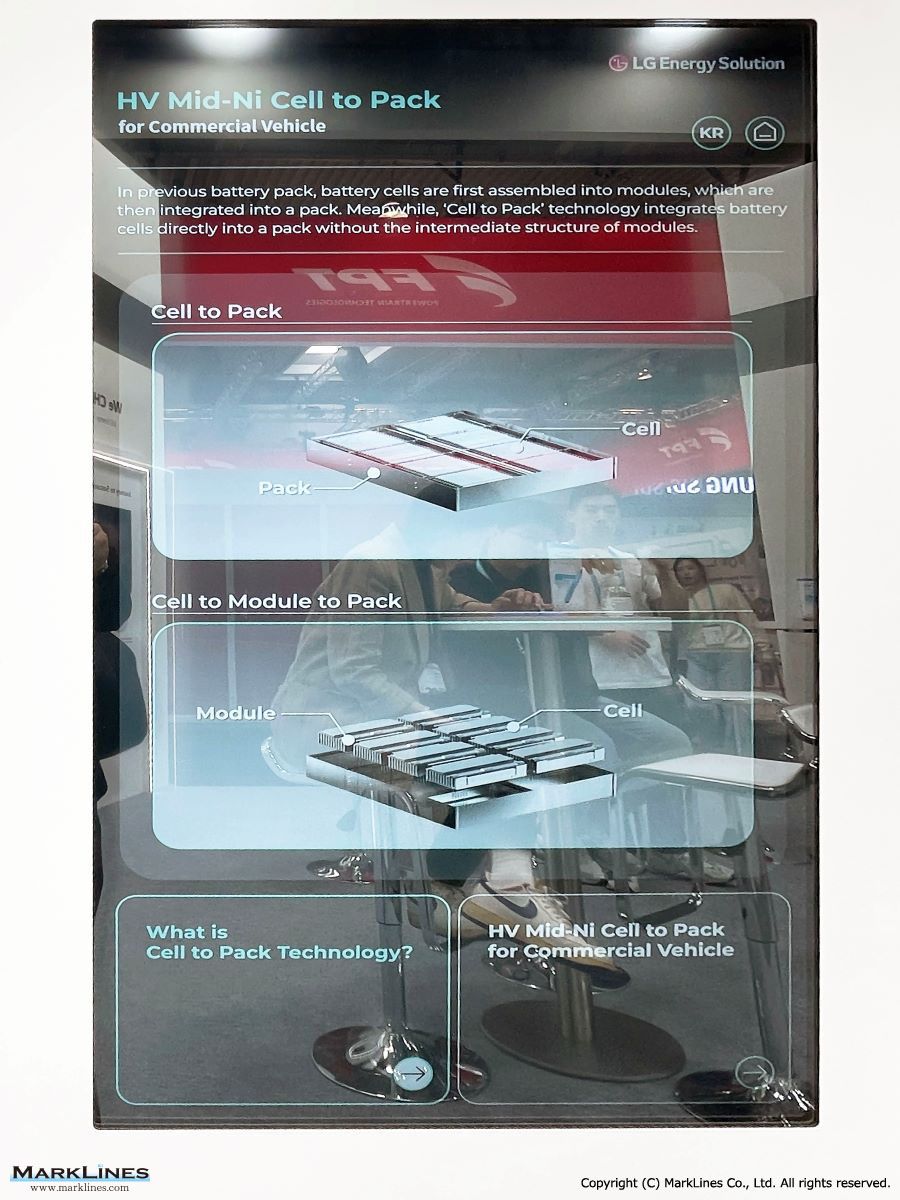



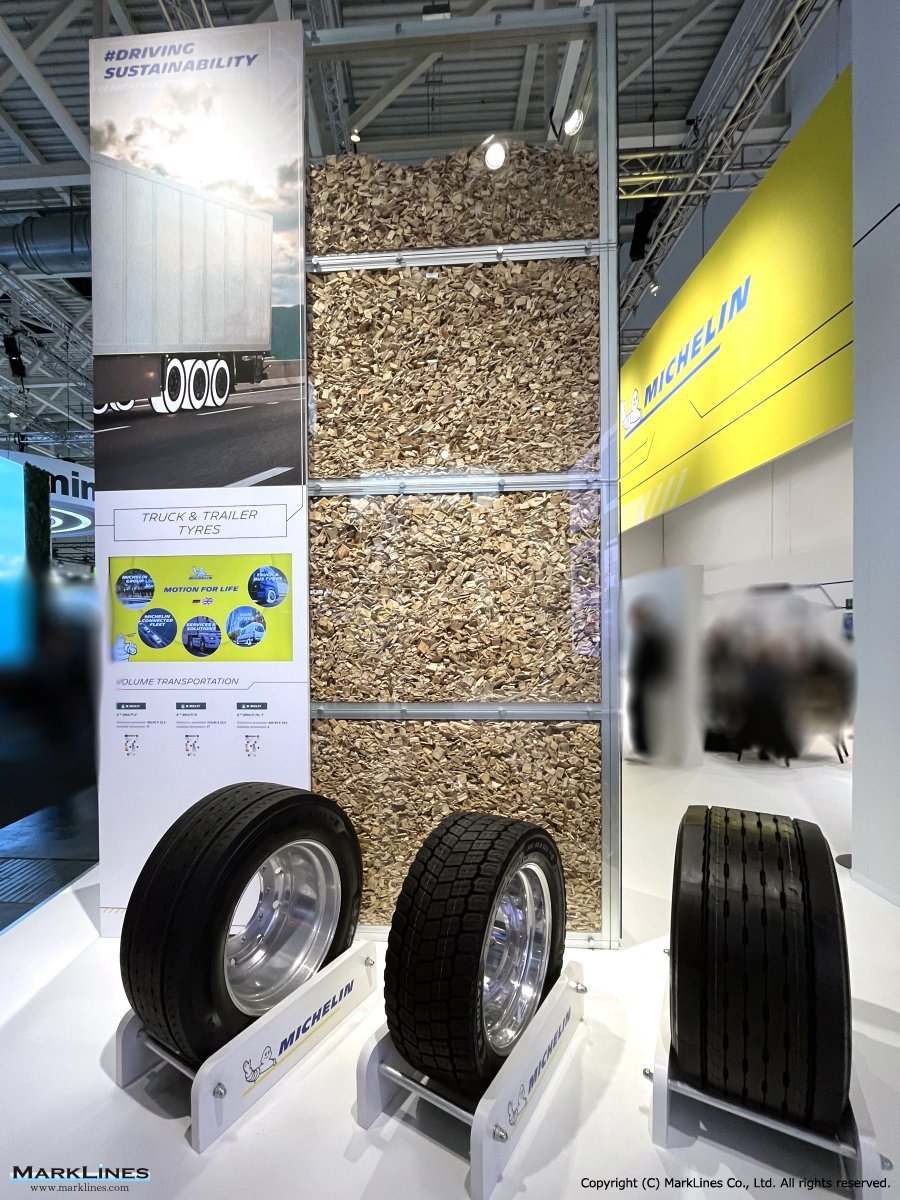
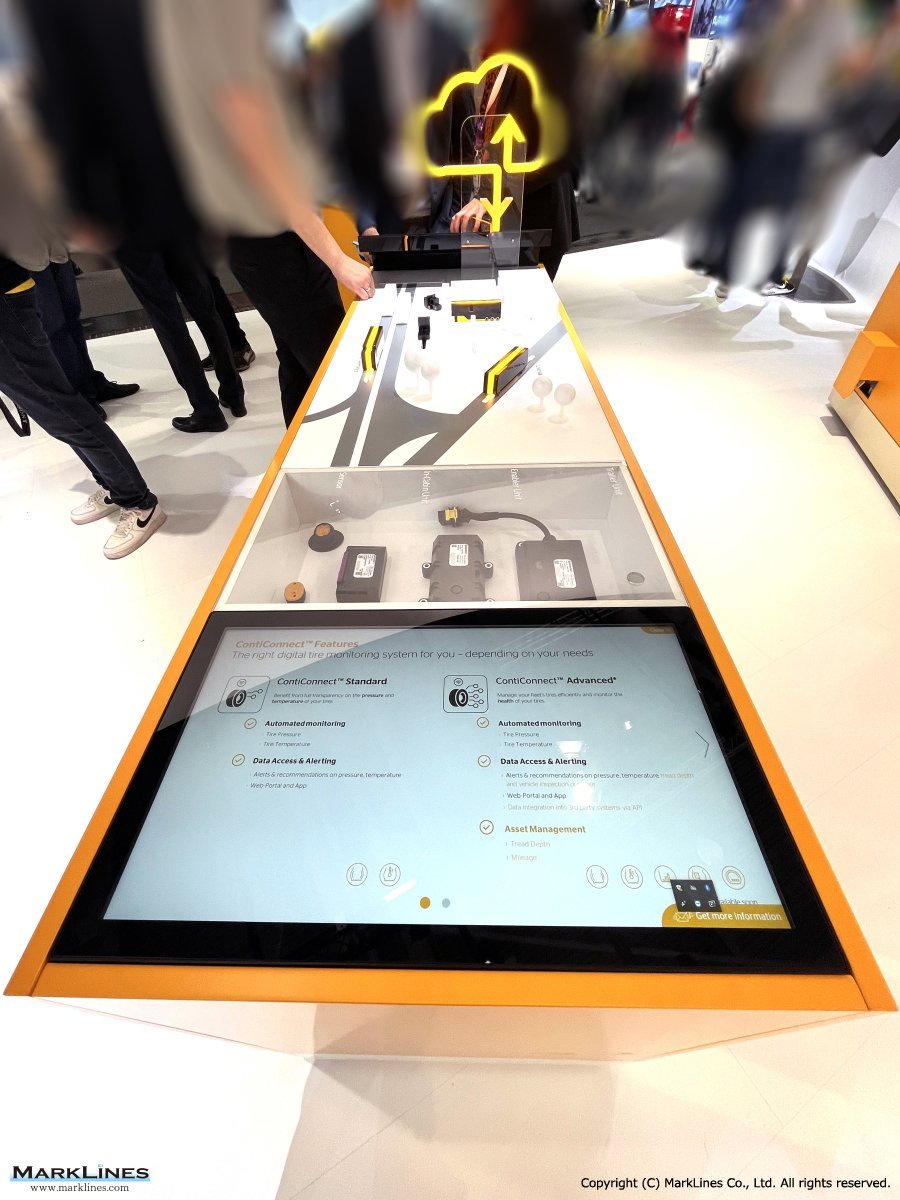
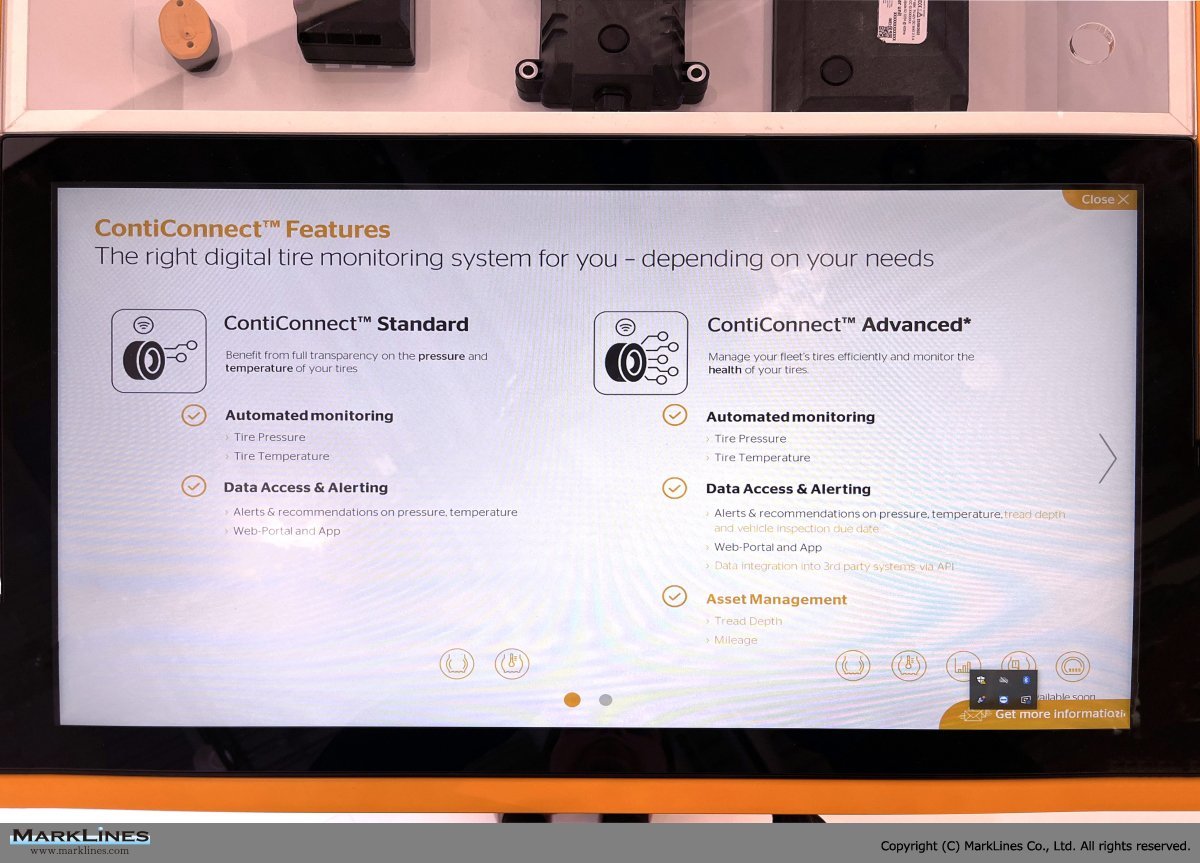
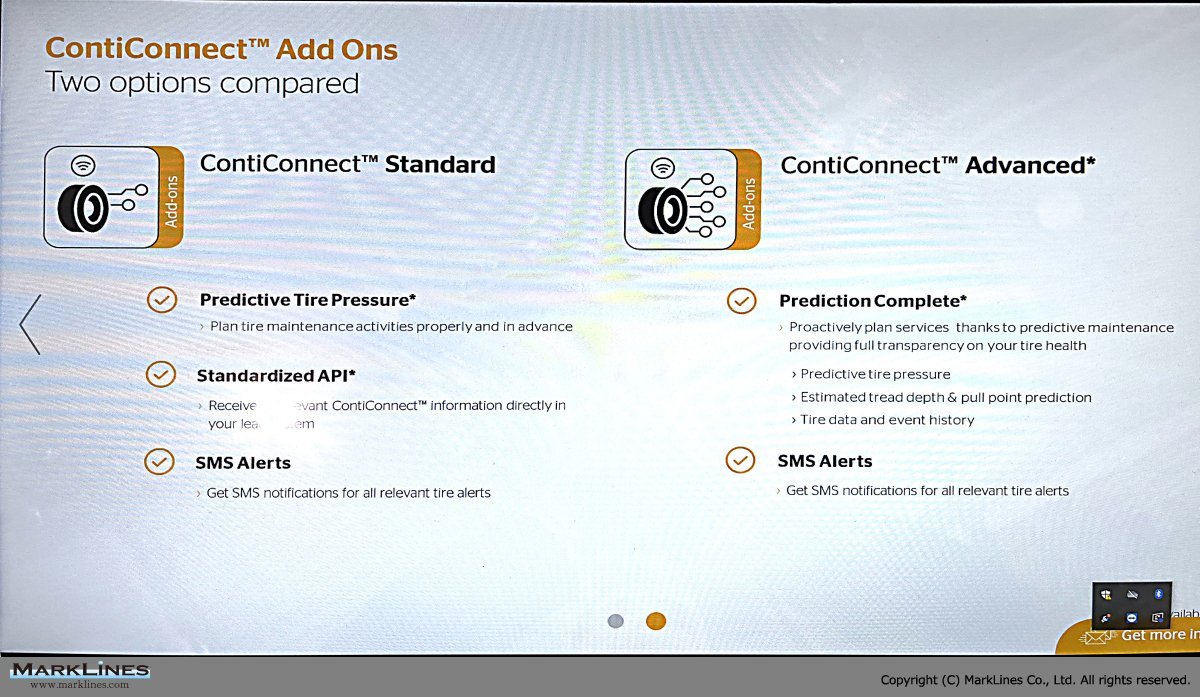
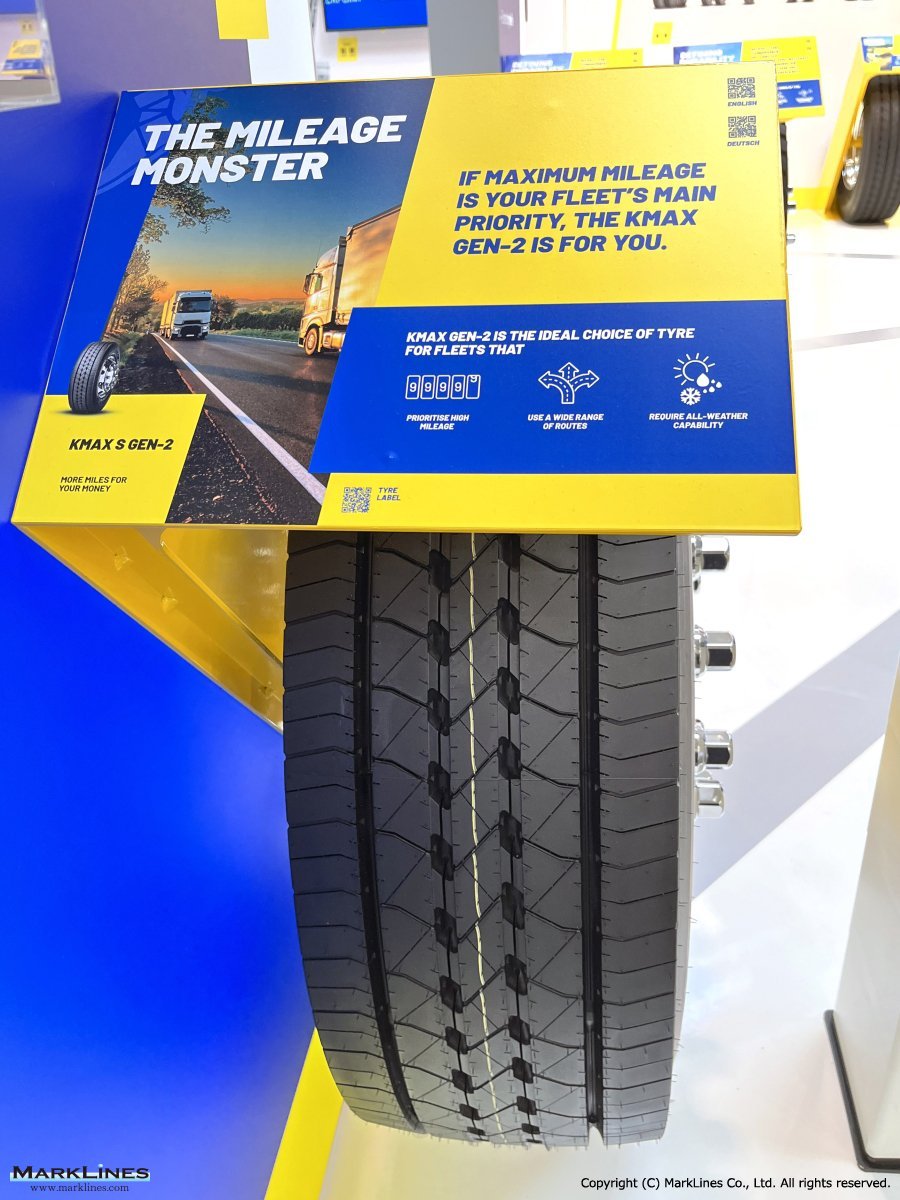
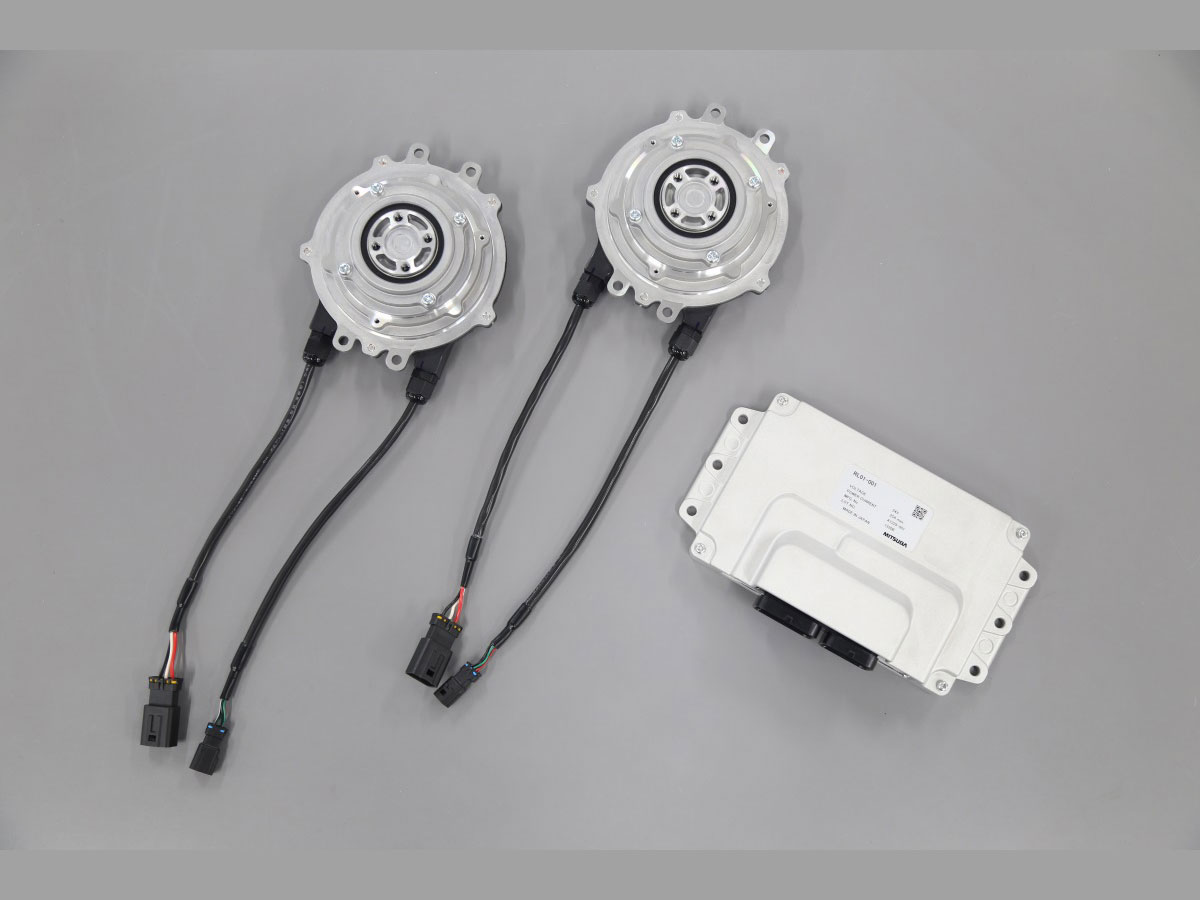
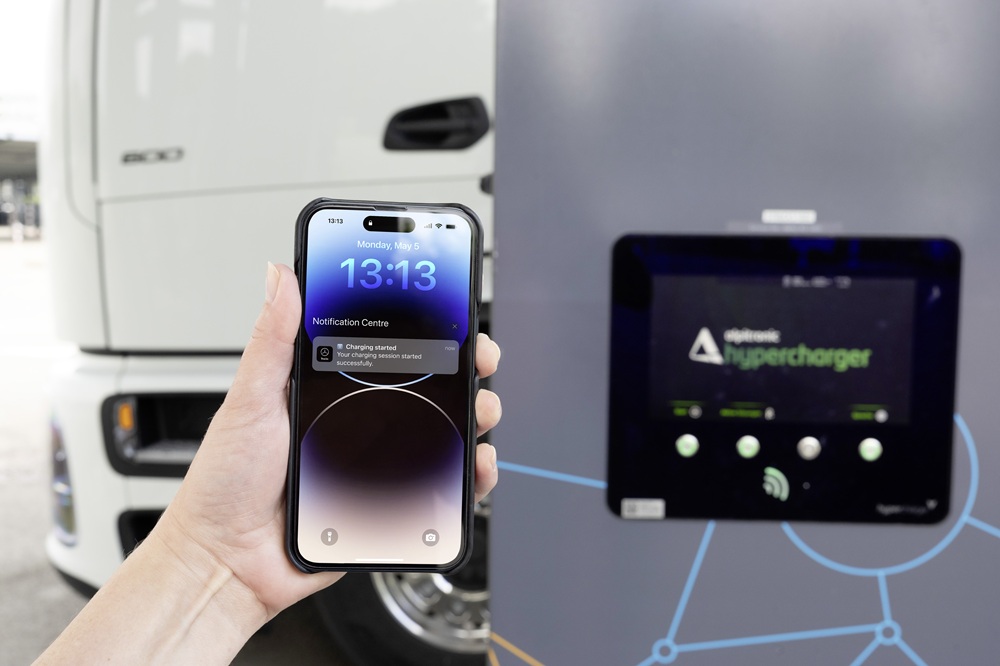

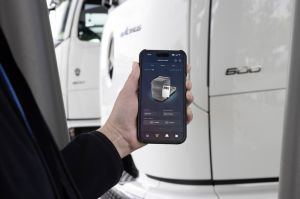

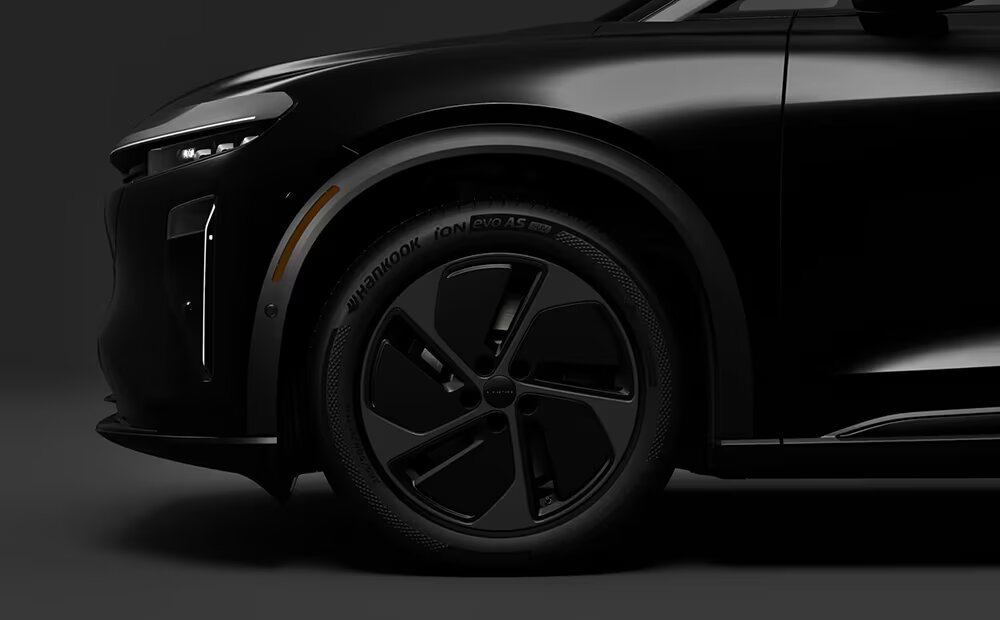
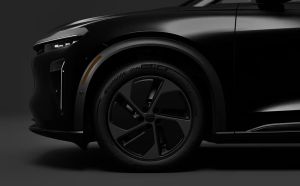
 Japan
Japan USA
USA Mexico
Mexico Germany
Germany China (Shanghai)
China (Shanghai) Thailand
Thailand India
India